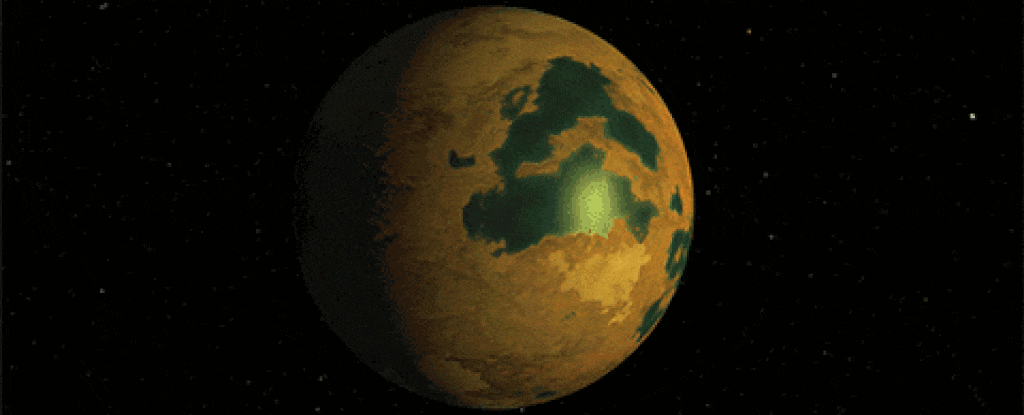Scientists have verified that the planet Vulcan is not real after conducting thorough research.
It is now safe to bid farewell to the real-life representation of the fictional planet of Vulcans.

Scientists observed that signals previously identified as evidence of a world around the star, called 40 Eridani A, or HD 26965 – the star in the Star Trek series where Vulcan planet exists – were in fact, not due to the existence of an exoplanet.
Further examination has indicated that the signals may be coming directly from the star in question.
This is the fourth paper exploring the existence of a real Vulcan, and the third paper to come up empty in terms of exoplanets; one of the studies was ambiguous. We can probably safely bury the said particular coffin and turn the page.
What the findings do provide however, is an indication of how we need to gain a much better understanding of star behaviour to be able to pick out the signals in future data analysis as we enter a new age of discovery for exoworlds.
Evidence for the real Vulcan was found in 2018, and the newly discovered exoplanet is known as 40 Eridani A b or HD 26965 b.
Well, even its discoverers were somewhat noncommittal as to whether or not it had actually been detected. The potential exoplanet signal was detected using radial velocity, a method used when the orbital path of an exoplanet does not bring it between us and the star.
Radial velocity is determined by the gravitational force between a star and a planet. It does not orbit around the star, instead it both orbit around a common center between them while making the star to move very slightly around the center. This also occurs with our own Sun and we can observe similar oscillations in distant stars as variations in the star’s brightness.
HD 26965 showed variations very close to what would be expected if caused by radial velocity variation due to an exoplanet in orbit with a 42 day period. However, these changes could have been caused by changes on the surface of the star as it rotates round its own axis.
To eliminate this possibility, the astronomers who identified the star did not measure the star’s rotation rate. If the rotation rate equal or similar to the orbital period would mean that the signal comes directly from the star.
Further research revealed negative outcomes. A research conducted in 2021 showed that that signal was a fake alarm. One study conducted in 2022 was questionable, and another study done in 2023 suggested a possibility of a false positive.
Now, a group of researchers led by astronomer Abigail Burrows from Dartmouth College has employed the new instrument which is capable of measuring radial velocity to certain level that was not possible in 2018. These measurements have indicated that the variations in the star’s light across different layers of the star’s atmosphere were in disagreement with the alterations in the combined signal.
But if these variations were caused by an exoplanet, the signal would have maintained a constant level. The fact that it did not indicates that the stars variations are caused by intrinsic sources like starspots, bright spots, and internal convection along with the stars 42 day rotation.
Although some people, such as Star Trek’s logical Vulcan character, Mr. Spock, might be disappointed with this news, it is a major advancement for science. This result proves the efficiency of new instruments that help approach vague readings and identify their source unambiguously.
When we move to the stage of hunting for other potentially Earth-like planets in another star system, it is immensely useful to be able to rule out false positives.
The research has been published in The Astronomical Journal.
Do not forget to share your opinion with us to provide you with the best posts !




0 Comments